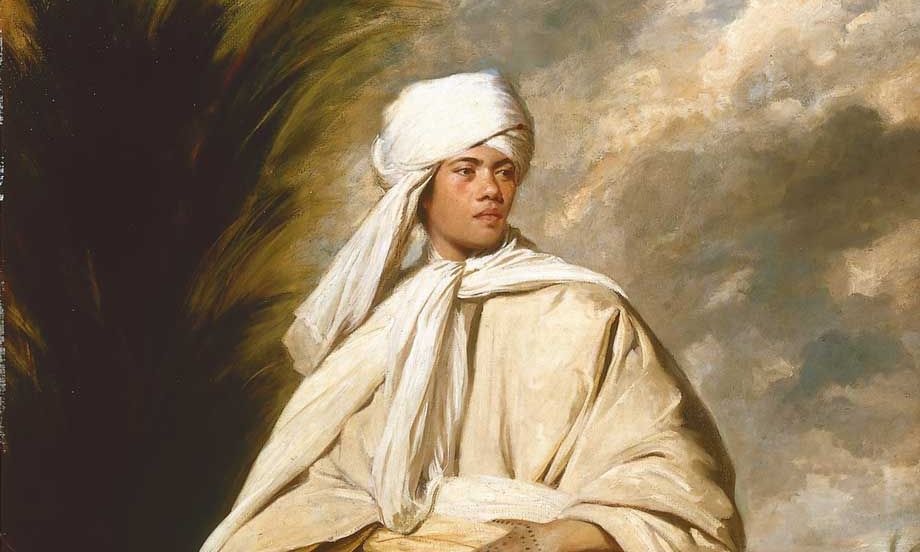Joshua Reynolds's Portrait of Omai (around 1776) Courtesy of the National Portrait Gallery, London
The UK arts minister Stephen Parkinson has extended the export deferral period for Joshua Reynolds’s Portrait of Omai (around 1776) for a third time, until 10 June. The National Portrait Gallery (NPG) in London therefore has what is likely to be a final opportunity to raise the necessary £50m, to match its export valuation. The painting, depicting a Tahitian man who was brought to London by Captain Cook, has been owned since 2001 by Dublin-based collector John Magnier.
The previous deferral period expired on 10 March and behind the scenes there have been frantic discussions during the past week. Today (20 March), Parkinson agreed to an extension for Omai, saying that he is now “all the more determined to ensure that we can save it for public display so that the widest possible audience can see, enjoy and learn from it”.
Today’s statement, issued jointly by the NPG, the Art Fund and the National Heritage Memorial Fund, says that the portrait gallery has raised “almost half” the £50m, but finding the remainder from UK donors is proving very difficult. Although its director, Nicholas Cullinan, has approached the government to ask for a special Treasury grant, so far the signs have been discouraging.
The latest deferral will allow continued talks with the J. Paul Getty Museum in Los Angeles, which has been considering a joint purchase with the NPG. The idea is that each museum would raise half the money and display the portrait for half of the time, with it possibly being moved every five years. However, this proposal is not directly addressed in today’s statement.
One of the hurdles of a joint acquisition with the Getty has been reaching an agreement with the National Heritage Memorial Fund, which provisionally allocated a £10m grant for a sole UK purchase. The fund has been concerned about government money going toward an artwork which would be in America half of the time. However, there is an equally strong argument to be made that the retention of Omai in Britain on this shared basis would still benefit UK gallery-goers and be better than losing the Reynolds entirely.
It is therefore significant that Simon Thurley, the chairperson of the fund, now appears to be more sympathetic to a resolution. In February he told The Art Newspaper: “It is a novel form of ownership, raising complicated questions.” But today he commented: “We welcome the news that the government has extended the export bar deadline to allow more time to secure access to the work for UK public benefit.”
From the Getty’s point of view, there are also hurdles. In order to go for a joint purchase the museum would need firm assurances from the UK authorities that temporary export licences would always be available to allow Omai to go to Los Angeles.
Jenny Waldman, director of the Art Fund (which has pledged £2.5m), says: “We have a unique opportunity to secure this work for the public and welcome the government generously allowing this extra time to collaborate on the optimum means to help make this happen.”
Cullinan, who describes the acquisition of Portrait of Omai as “one of the most significant our nation could ever make”, is determined to do all he can to secure the painting so that it can go on display when the NPG reopens after a major refurbishment on 22 June.

